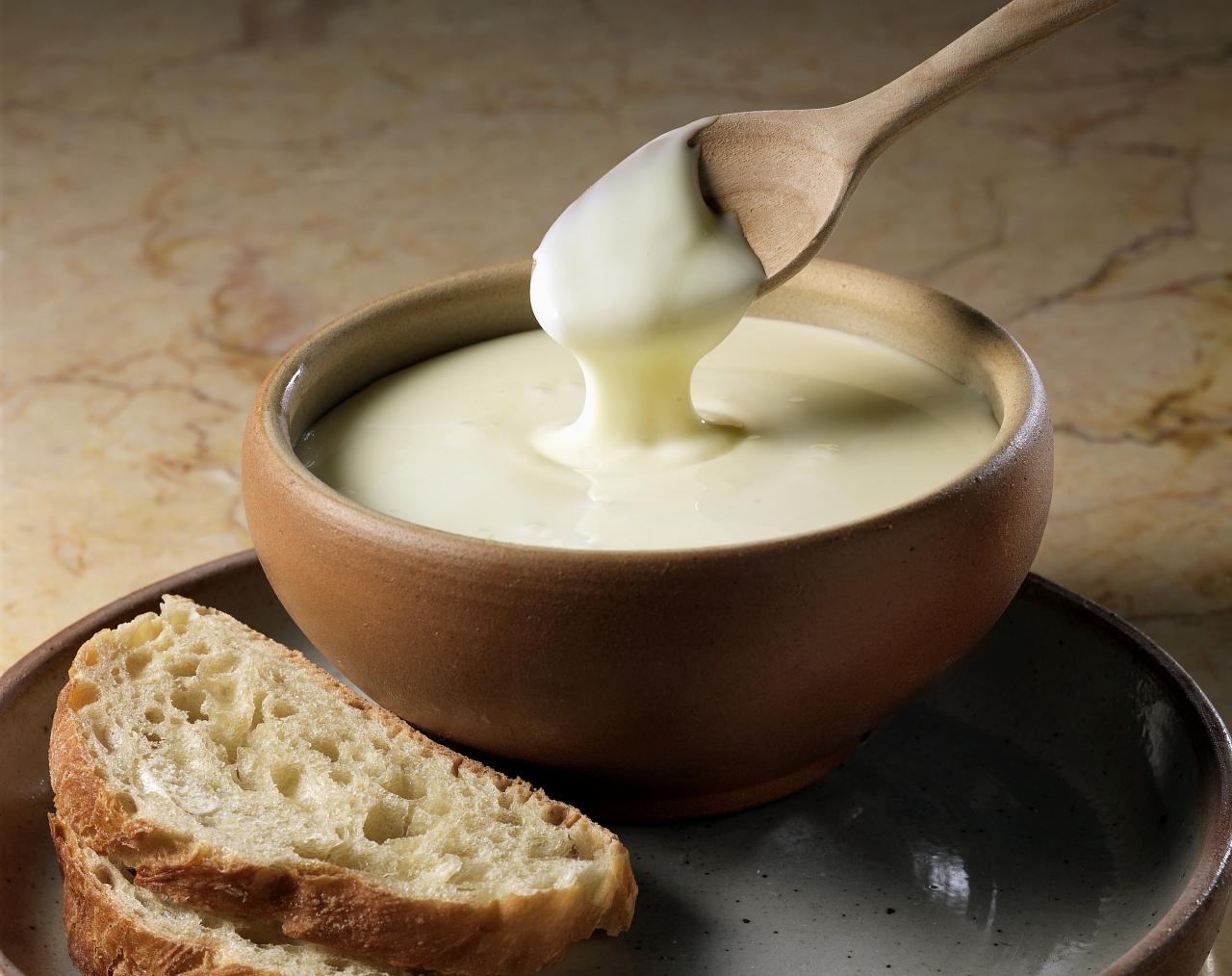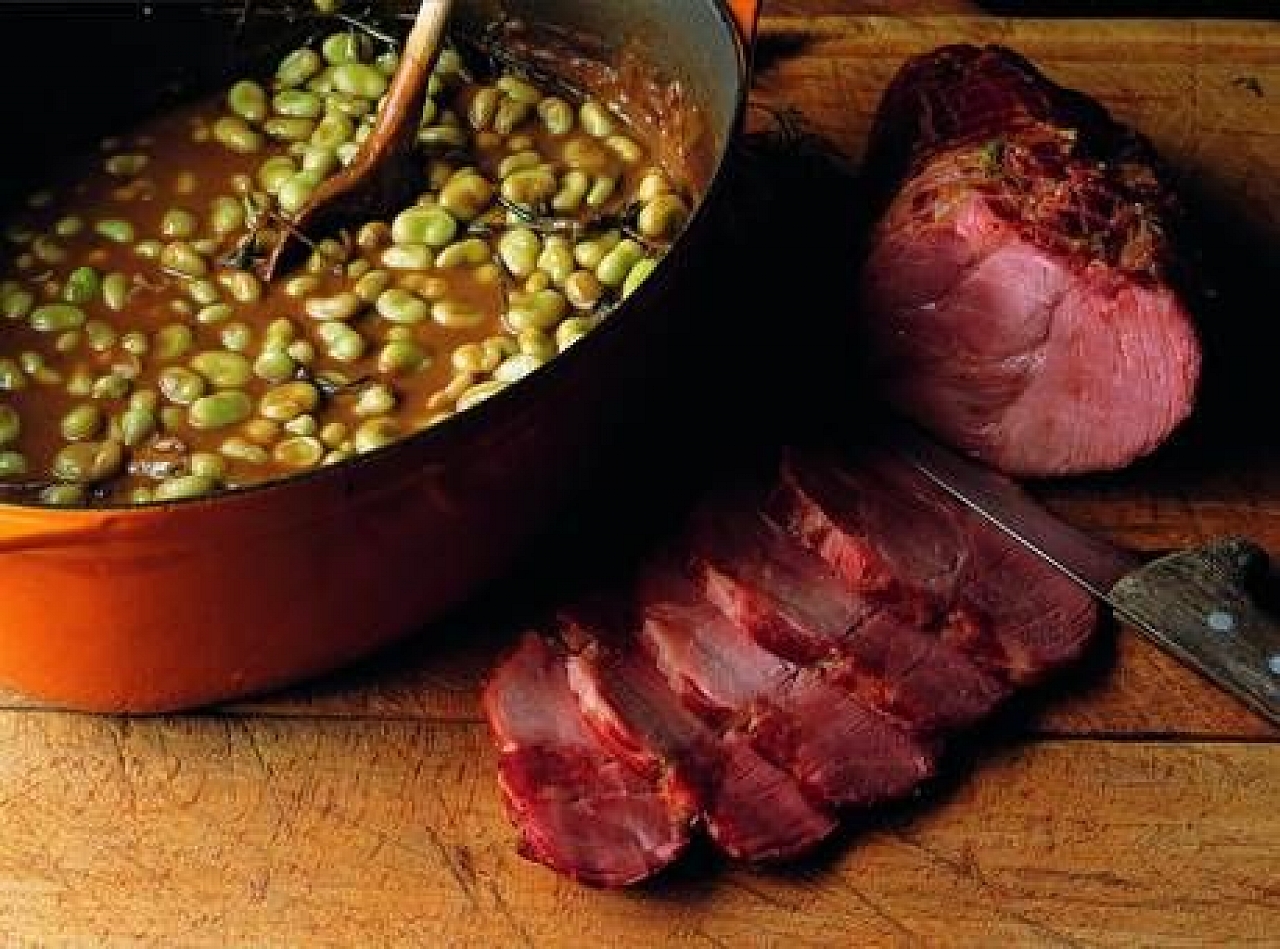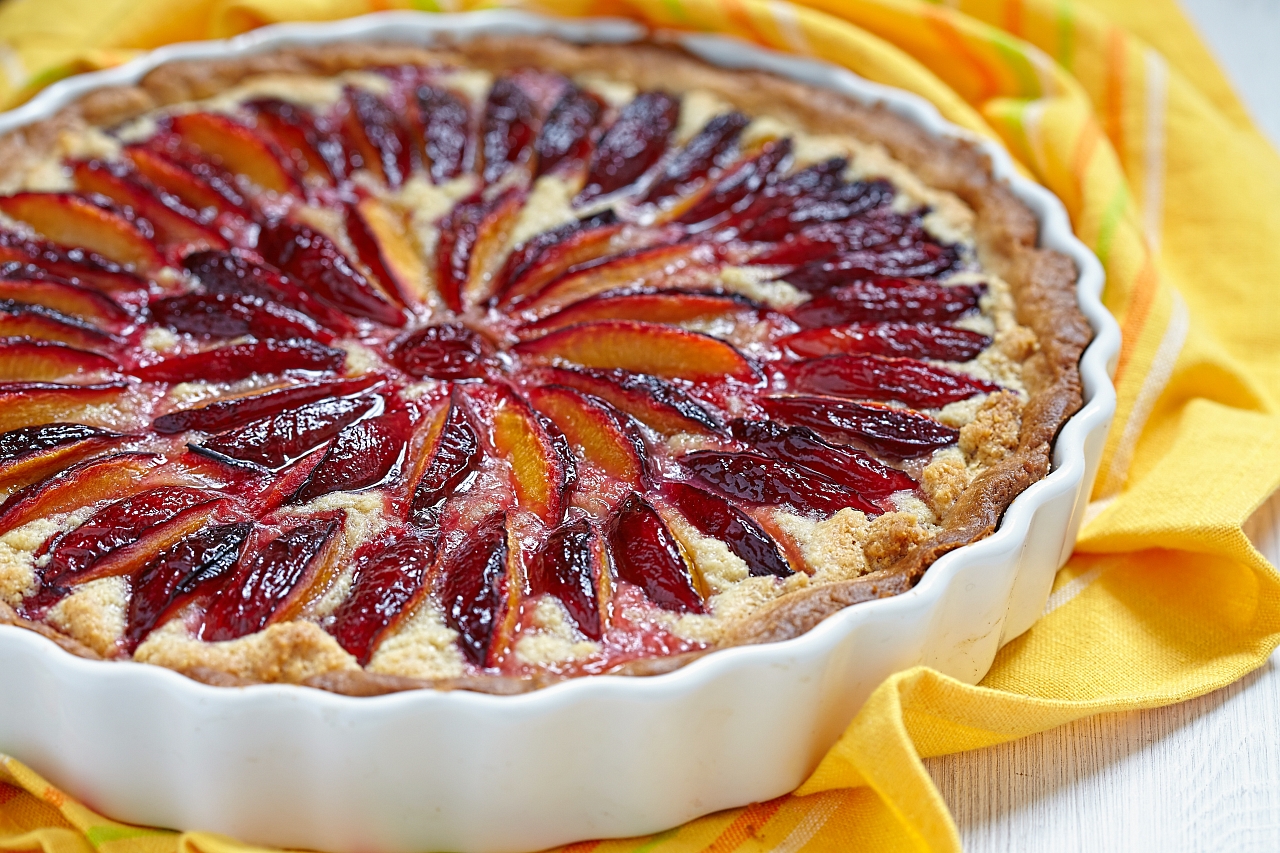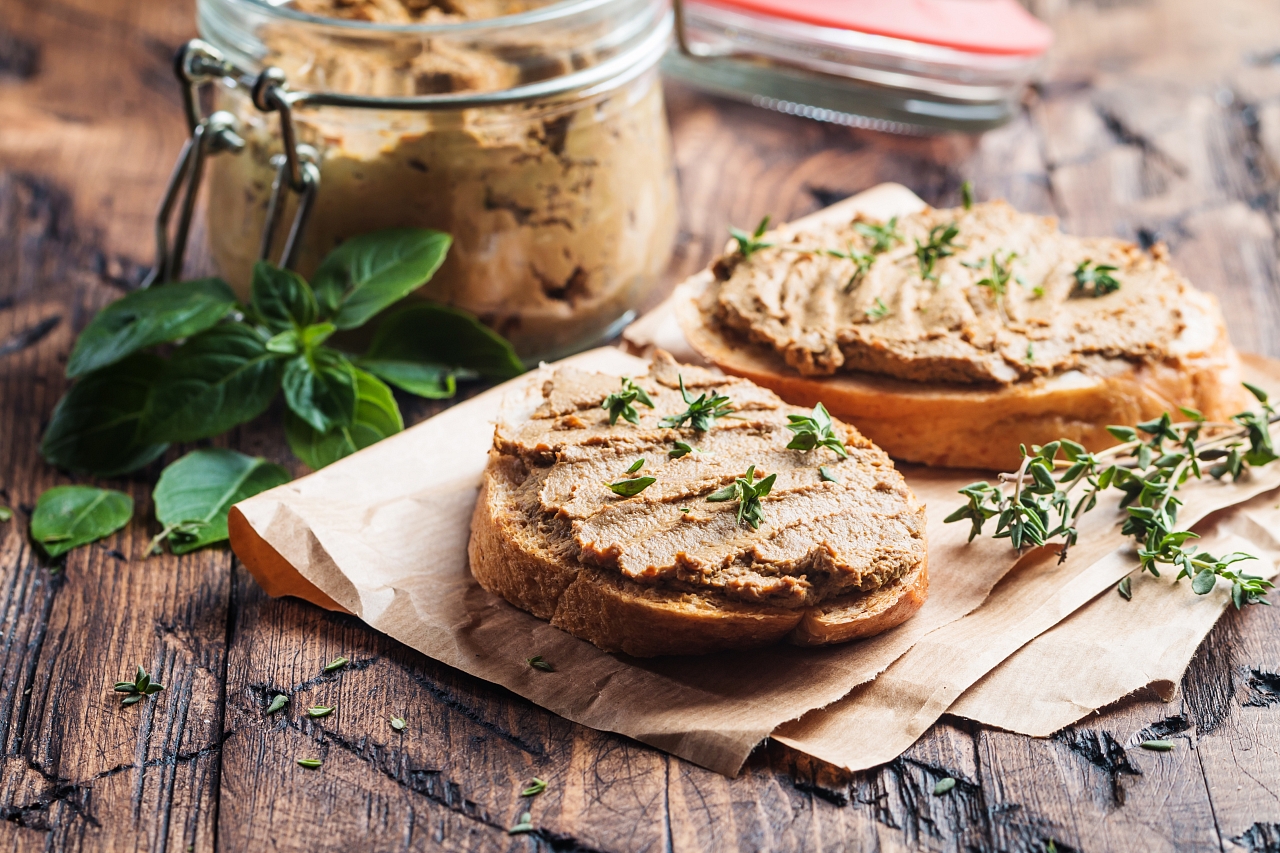For centuries, Luxembourgish farmers have been developing an exemplary know-how: be it in the widespread production of dairy products or in the field of meat production, Luxembourg's agricultural products measure up to high quality standards. The quality of Luxembourgish meat for instance has been above European standards for years. And the same goes for dairy products.The most common label in Luxembourg is the 'Marque nationale' label, it guarantees superior quality and certifies the Luxembourgish origins of a product. This label is attributed to horticultural, agricultural and viticultural products, and defines their production, processing and commercialisation conditions.
Dairies

'Kachkéis', the most Luxembourgish dairy product
A typical Luxembourg dairy product is the cream cheese, 'Kachkéis'. It's a low-fat cheese mixed with fresh cream and sour cream. The Kachkéis can be eaten either hot with potatoes or cold on a sandwich with a little bit of mustard
Butter
And do not forget the butter 'Rose', a product both popular and traditional, almost smelling like the fresh meadows themselves. 'Rose' butter is more than just simple butter: the recipe has been around for centuries, it has been transmitted from generation to generation. Today, the 'Rose' butter is the oldest of the 'Marques nationales, a quality label awarded by the government for its many properties
Cuisine
Luxembourg cuisine reflects its position on the border between the Latin and Germanic worlds, being heavily influenced by the cuisines of neighboring France and Germany. More recently, it has been enriched by its many Italian and Portuguese immigrants.

Judd mat Gaardebounen, or Smoked Collar of Pork with Broad Beans, is one of the most widely recognized national dishes of Luxembourg. It is associated with the village of Gostingen in the south-east of the country where the inhabitants have earned the nickname of Bounepatscherten as a result of their excellent Broad beans.

Quetschentaart, a popular Luxembourg speciality, is an open fruit tart with zwetschgen or damson plums. Traditionally, it is a seasonal dish served in the autumn after the local plums have ripened in September.

Pâté is a mixture of cooked ground meat and fat minced into a spreadable paste. Common additions include vegetables, herbs, spices, and either wine or brandy (often cognac or armagnac). Pâté can be served either hot or cold, but it is considered to develop its fullest flavor after a few days of chilling.
What to Drink in Luxembourg
• Domaines de Vinsmoselle, Bernard-Massard, Caves St.Martin
• Bofferding, Simon, Battin, Ourdaller, and Diekirch (beer).
• Eau de vie - 45 to 50% alcohol spirits, mostly based on local fruits, particularly plums (for example quetsch and mirabelle) or pears.
In autumn, many villages along the Moselle river organise wine-tasting village festivals. Young people tend to drink local or imported beer. Luxembourg has a number of breweries, with Diekirch, from the village of the same name, Bofferding, Battin, and Mousel being the most popular.
Other Luxembourgish culinary specialties
An essential part of Luxembourg Christmas markets, the Grompererkichelcher are traditional potato galettes prepared with onions, shallots, parsley, eggs, flour and fried with oil. They are then served with apple compote in order to get a delicious sweet and salty mix.
The Baamkuch is a cake cooked on a spit and served on special occasions, like weddings or Communions. You can find it in traditional bakeries and cake shops.
The Boxenmännchen are man-shaped brioches, sometimes sweetened or with chocolate. They are most of the time enjoyed during Saint Nicholas celebration and year’s end celebrations.
